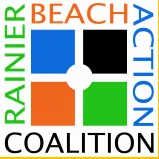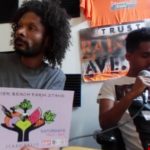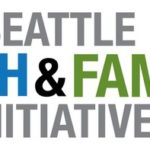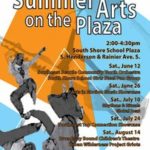By: Samuel Woldemariam
Over the last several years, the Rainier Beach neighborhood has been impacted by the Covid-19 pandemic. The implementation of social distancing, online learning, and working from home has exemplified the lack of digital equity within our community.
The digital divide is the growing gap between those that have no barriers stopping them from having internet and internet-enabled devices at home and those that are facing barriers such as disability, poverty, lack of education, and lack of digital literacy. According to the city of Seattle’s technology access and adoption study, 8% of households in council district 2 (South Seattle) don’t have access to the internet at home (2018 Technology Access and Adoption Study ). With there roughly being 33,435 households in South Seattle that would mean that 2674.8 households are without access to the internet in our community. In this age of technology this comes at a huge disadvantage, without internet access it’s harder to search for job opportunities. It’s harder to communicate with those that may be immunocompromised because of the pandemic. It’s harder to acquire basic information, whether it’s recipes, history, or online classes.
So how can we support these folx?
At RBAC we are members of the community that work in service of the community we call home. So, I will frame this as a call to action to members of the community that do have access to the internet to do outreach to their friends, family, and neighbors that may be facing difficulties with the digital divide and to connect them with the resources below.
Resources:
- Low-Cost Internet Access for Residents – Tech | seattle.gov
- In partnership with the Seattle government; a list of ISP (internet service providers) that offer internet access for $10-11 a month. As well as discounted technology (laptops, computers, and tablets) and phone plans for low-income families.
- Free Public Wi-Fi – Tech | seattle.gov
- Map of Seattle showing where you can find free publicly accessible Wi-Fi.
- Your Next Skill: Computer Literacy | The Seattle Public Library
- Free computer literacy classes and programs are offered by the Seattle Public Library.
- https://kcls.org/computer-help/
- Digital Navigator program offered by the King County Library System. Digital Navigators are tech-savvy individuals who help you through the process of finding low-cost internet options and looking for local computer and digital literacy resources.








